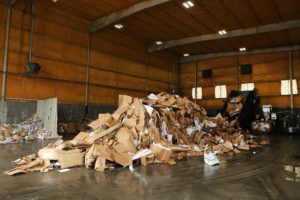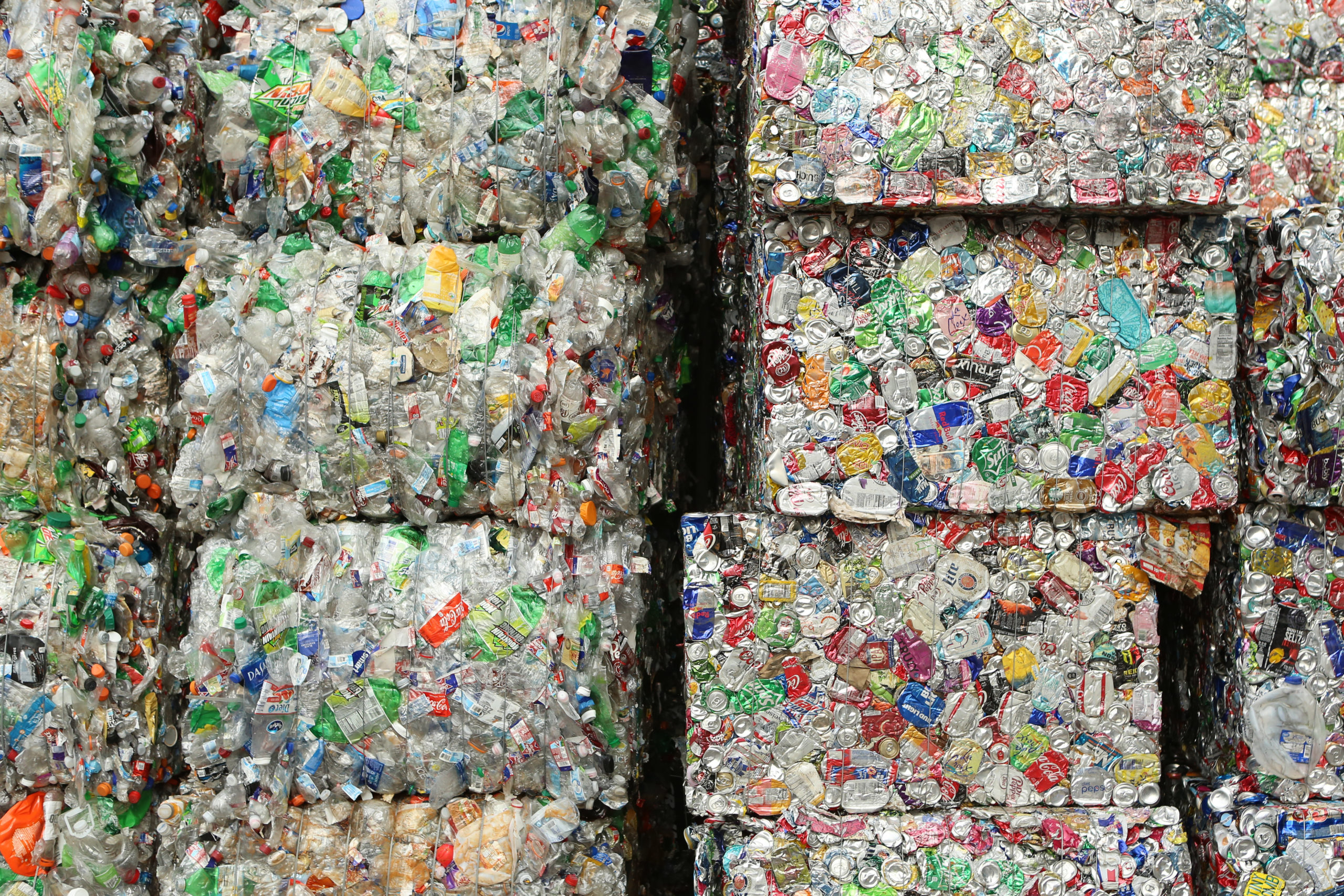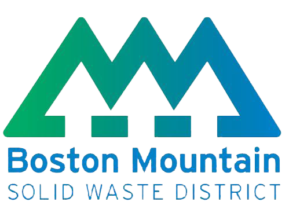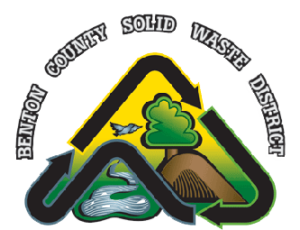Consider the word recycling.
What does it mean to you? You might think of reusing something in some way. But there’s a step in between the original use and the new use. Something happens to change the product. What really goes on in the middle?
Working together to recycle more and better requires some shared understanding of what recycling means, so let’s dig into that question.
The U.S. Environmental Protection Agency gives a good starting definition: Recycling is the process of collecting and processing materials that would otherwise be thrown away as trash and turning them into a form that can be manufactured into new things.
That’s a pretty wide umbrella.
Under this definition, bottles and cardboard can be recycled, as you’d expect, but so can electronics, clothing, food scraps, even the chunks of concrete and wood left over from construction and demolition.
Food scraps and yard waste can be tended and processed into compost for farms and gardens, for example. And fabric can be used to make work cloths or insulation.
That’s why you can find information about more than the standard boxes and bottles here on this website.
Let’s keep going. What does “the process of collecting and processing these materials” mean? Though the specifics can depend on the material, there are a few general steps to all sorts of recycling.
First, each of us prepares and turns in our recyclables, such as by rinsing out bottles and cans, putting them in our carts, or taking them to a drop-off location.
Next, workers take the recyclables off our hands, either by driving trucks around town or picking everything up from those drop-off centers.
At some point, different materials are sorted out and divided from each other. This might happen at the curb or drop-off bin, or the whole mix might go to a sorting facility, like the ones run by some local cities or by Marck Recycling in east Rogers, where people and machines do the sorting. Whatever the method, plastic bottles go with plastic bottles, steel cans go with steel cans, and so on.
Next, the recyclables need to become ready to ship. The sorting facility often prepares the materials in some way, such as by squeezing them into dense, stackable blocks called bales (such as in the image above). The sorter also needs somewhere to send the bales – in other words, a buyer who will take them.

Cardboard waits to be baled at Fayetteville’s sorting facility.
Every step is important, but this might be the most essential. For your recyclables to be recycled, a manufacturer has to procure them. And manufacturers need certain qualities in their materials. To oversimplify a bit, if the recyclables are in good enough condition and can ship to their destinations at the right volume and price, eventually they’ll be ground up, melted down, or otherwise processed into almost-raw ingredients for whatever the manufacturer makes.
That’s what recycling really means: a long series of collecting, sorting, moving, selling and buying, breaking down and processing, ending with a manufacture-ready “raw” material.
Lots of moving parts, people, organizations, and businesses are involved, and the process needs to work, financially and otherwise, for all of them.
The takeaway is that this is why you can recycle one thing and not another, why your recyclables need to be prepared just so, or why it can be difficult or expensive to make changes in your city’s system. All of the pieces have to be in place for recycling to happen.














